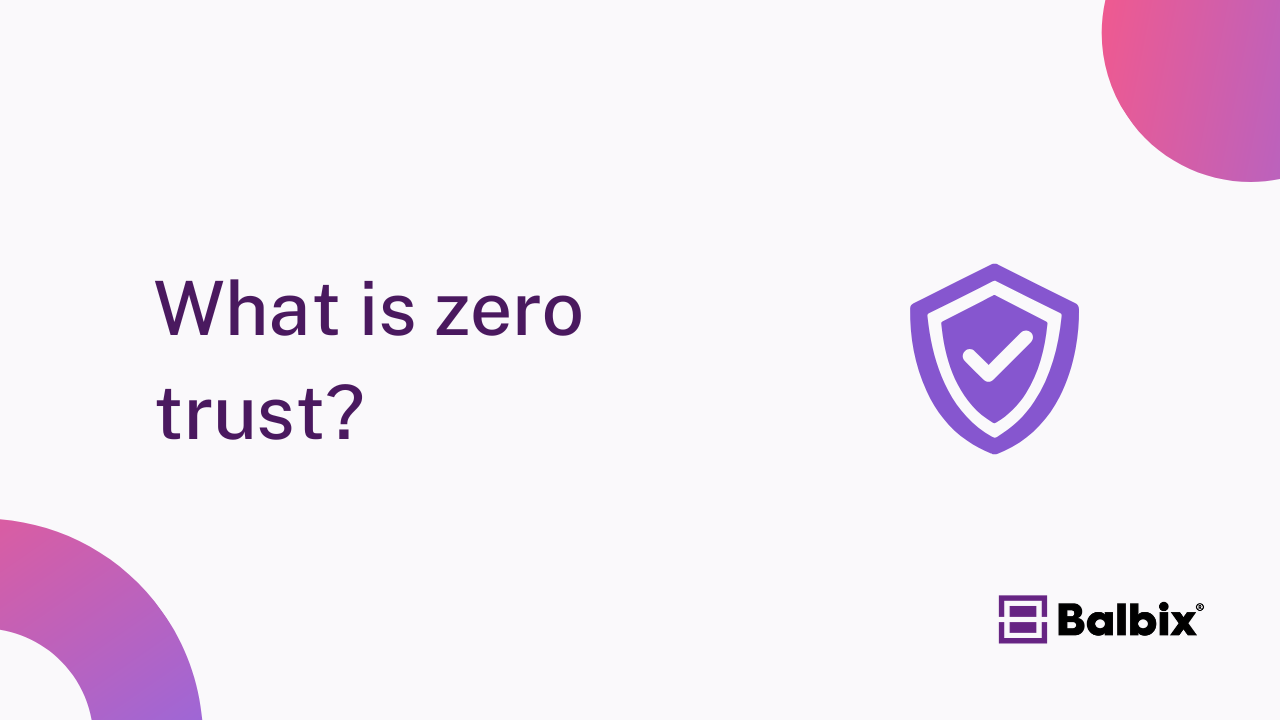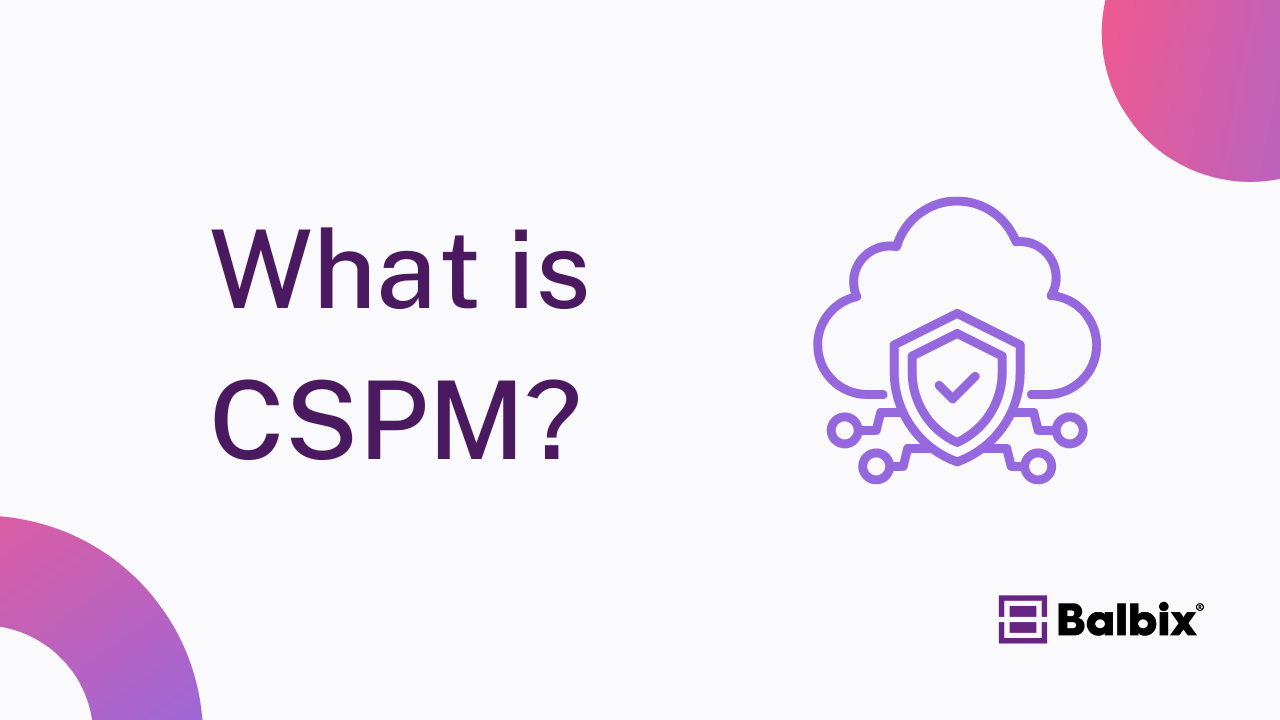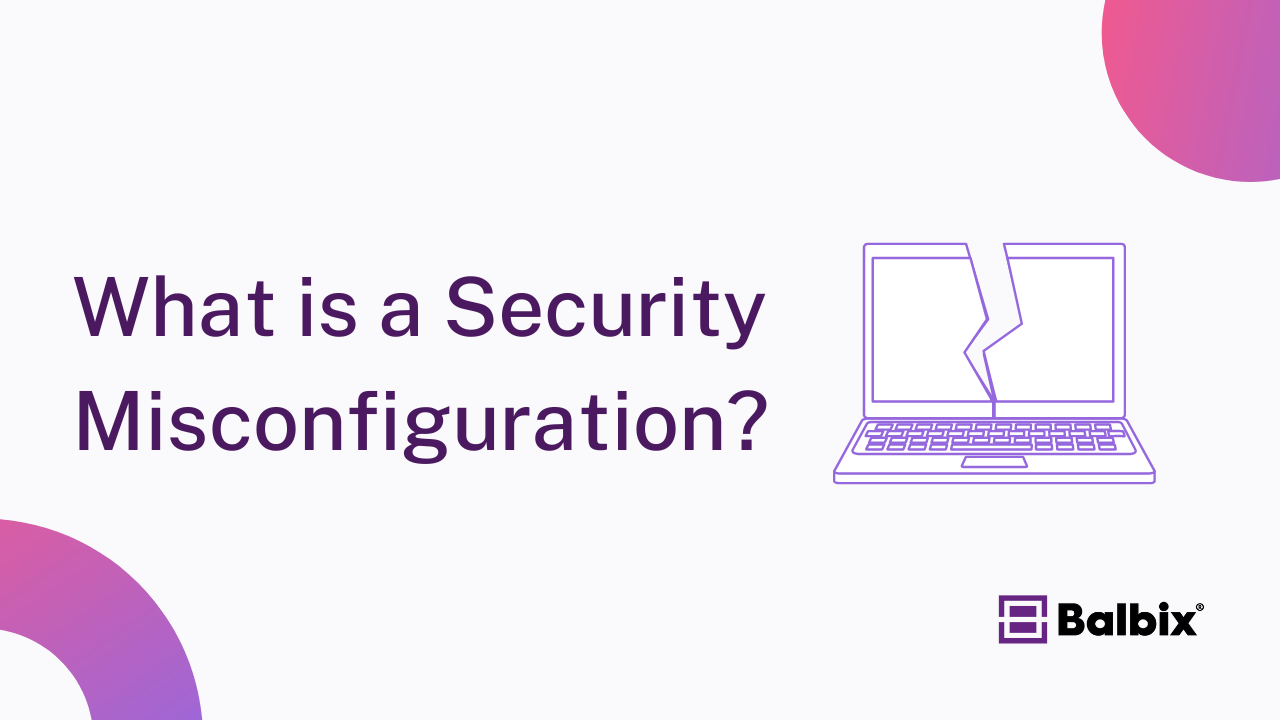Cybersecurity breaches dominate headlines, with companies regularly facing devastating financial and reputational damage due to overlooked vulnerabilities. More than ever, it’s clear that securing digital environments is no longer optional. But that begs the question: Who is responsible for what in cybersecurity?
This is where the Shared Responsibility Model becomes critical. Delineating responsibilities between service providers and customers ensures both parties take ownership of specific layers of security, reducing the risk of misconfigurations and missed vulnerabilities.
This guide will discuss the Shared Responsibility Model, its applicability across service models like IaaS, PaaS, and SaaS, and practical ways organizations can integrate it into their security architecture.
What is the Shared Responsibility Model?
At its core, the Shared Responsibility Model is a framework that clarifies the division of security responsibilities between cloud service providers (CSPs) and their customers. It’s predicated on a simple yet powerful idea: CSPs secure the infrastructure they manage, while customers are responsible for securing the systems, applications, and data they run on that infrastructure.
AWS first popularized the concept but has since become a standard across major CSPs, including Microsoft Azure and Google Cloud Platform. Today, it’s a foundational aspect of cloud security and applies to various cloud service models, including:
- Infrastructure as a Service (IaaS): Customers have the most control and responsibility, managing OS, applications, and data.
- Platform as a Service (PaaS): CSPs abstract much of the infrastructure, leaving customers responsible for data, applications, and access management.
- Software as a Service (SaaS): CSPs handle almost everything, but customers must control identity, permissions, and data integrity.
Core Concepts of the Model
To fully grasp the Shared Responsibility Model, it helps to understand its key principles:
- Security of the Cloud vs. Security in the Cloud: CSPs are responsible for securing the underlying infrastructure (e.g., hardware, storage), while customers handle responsibilities like data encryption, identity management, and application-level security.
- Control Plane vs. Data Plane: CSPs maintain the control plane (e.g., management interfaces), but customers must secure how data flows within their environments.
Defining Responsibilities Across Service Models
Infrastructure as a Service (IaaS)
With IaaS, CSPs manage physical infrastructure, networking, and hypervisors. However, customers hold significant responsibilities, including:
- Endpoint Security: Ensuring devices interacting with cloud systems are secure.
- OS and Patch Management: Installing updates and hardening operating systems on virtual machines.
- Identity and Access Management (IAM): Creating and managing policies for least privilege access.
- Data Encryption: Encrypting sensitive information both in transit and at rest.
Platform as a Service (PaaS)
PaaS abstracts much of the infrastructure, focusing on runtime and middleware, allowing developers to focus on building applications. Here’s how responsibilities break down:
- Customer: Secure data, APIs, code, and access layers.
- Provider: Maintain infrastructure, runtime environment, and middleware security.
Software as a Service (SaaS)
SaaS models offer the most simplicity for customers but not total absolution from security responsibilities. While CSPs handle the heavy lifting:
- Customers must manage identity, access permissions, and data classification.
- Multi-factor authentication (MFA) and strong password management remain non-negotiable.
Integrating the Shared Responsibility Model with Security Architectures
The Shared Responsibility Model doesn’t exist in a vacuum. It needs to integrate seamlessly with your organization’s existing layers of security.
Zero Trust Architecture (ZTA)
Zero Trust Architecture operates on the principle that no device, user, or network is inherently trusted, even within a corporate perimeter. Organizations can use the Shared Responsibility Model to:
- Implement ZT controls across multiple environments (e.g., on-premises, private cloud, public cloud).
- Control access at the customer layer while CSPs maintain visibility within the underlying infrastructure.
Cloud-Native Security Tools
Cloud providers offer tools like Cloud Security Posture Management (CSPM), Cloud Workload Protection Platforms (CWPP), and Cloud-Native Application Protection Platforms (CNAPP). These tools automate security across:
- Infrastructure-level risks: Specific to CSP responsibilities.
- Customer-level risks: Managed by enterprises via IAM, policy configuration, and compliance monitoring.
Hybrid Environments
Organizations operating hybrid setups (on-premises + cloud) must ensure consistent security controls. When moving workloads between environments, persistent customer responsibilities, like IAM and data classification, don’t shift.
Practical Use Cases in the Shared Responsibility Model
Security Operations Centers (SOCs) in the Cloud
SOC operations must adapt to shared responsibility. For example:
- Customer Responsibility: Collect logs, monitor AWS CloudTrail/GCP Audit logs, and deploy incident response (IR).
- CSP Responsibility: Provide telemetry visibility and customizable alert configurations.
Privileged Access Management (PAM)
Mismanagement of privileged access accounts remains a top cybersecurity risk. Under the Shared Responsibility Model:
- Customers enforce least privilege principles by managing IAM and regular audits.
- CSPs provide tools for secure policy creation and access tracking.
Vulnerability Management
Who owns what? This depends on whether workloads are virtualized or containerized:
- IaaS: CSPs patch the hypervisor; customers patch OS and apps.
- PaaS/SaaS: CSPs handle most patch management, but application vulnerabilities remain a customer concern.
Challenges and Misconceptions
Common Misunderstandings
- The Cloud Provider Handles Everything: Many organizations assume their cloud provider handles all aspects of security. However, most breaches are caused by user misconfigurations, not cloud service provider (CSP) failures. Security remains a shared responsibility, and understanding where your obligations lie is critical.
- Compliance Equals Security: It’s common to think that meeting compliance frameworks, like ISO 27001 or SOC 2, guarantees complete security. While compliance is essential, it often only addresses basic requirements and doesn’t cover all potential vulnerabilities. Proper security goes beyond checklists and requires proactive monitoring and threat management.
Operational Challenges
- Visibility Constraints: As organizations adopt SaaS solutions, they often experience a significant reduction in the telemetry and insights they receive from their systems. This lack of visibility can make detecting suspicious activity, understanding performance issues, or identifying vulnerabilities harder, leaving blind spots in your security posture.
- Integration Complexity: Organizations use a variety of tools and services across multiple cloud providers, making managing these systems increasingly challenging. The lack of seamless integration between tools can result in operational silos, making it difficult to maintain consistency and streamline security efforts.
Regulatory and Legal Implications
- Legal Agreements Define Responsibility: Contracts and SLAs often specify compliance obligations.
- Incident Response Coordination: Pre-establish protocols for breaches where shared accountability exists.
Operationalizing the Shared Responsibility Model
Cybersecurity leaders must take proactive steps to implement the Shared Responsibility Model effectively within their organizations.
- Establish clear documentation of duties between CSPs and customers: Clearly define which security tasks fall under the responsibility of the cloud service provider (CSP) and which remain with the customer. This avoids confusion, ensures accountability, and prevents critical gaps in security coverage.
- Map the Shared Responsibility Model to specific workflows: Analyze your organization’s workflows and align them with the model to identify potential vulnerabilities. By embedding shared responsibility into day-to-day processes, organizations can ensure end-to-end security at every stage of their operations.
- Invest in training security teams to work collectively within the framework: Provide comprehensive training to security teams to help them understand and embrace the nuances of the Shared Responsibility Model. Teams must be equipped to collaborate seamlessly with service providers and adapt quickly to any changes in the cloud environment.
Frequently Asked Questions
- What is the Shared Responsibility Model in cloud security?
-
The Shared Responsibility Model is a framework that outlines how security responsibilities are divided between cloud service providers (CSPs) and customers. CSPs are typically responsible for securing the infrastructure, while customers are responsible for securing data, identities, applications, and configurations within their environments.
- How does the Shared Responsibility Model differ across IaaS, PaaS, and SaaS?
-
In IaaS, customers manage operating systems, applications, and data, while CSPs handle infrastructure. In PaaS, CSPs also manage runtime and middleware, reducing customer control to data and access. In SaaS, CSPs manage almost everything, but customers must still secure user access and data integrity. The higher the service abstraction, the fewer responsibilities customers have—but they’re never off the hook entirely.
- Why is the Shared Responsibility Model important for cybersecurity?
-
The Shared Responsibility Model is critical for cybersecurity because it prevents gaps in protection caused by unclear ownership. Misunderstanding these boundaries can lead to unpatched systems, misconfigurations, and data breaches. Knowing what you’re responsible for helps organizations build stronger, more proactive security postures.
- What are common misconceptions about the Shared Responsibility Model?
-
A major misconception is that cloud providers handle all aspects of security. Customers are responsible for key elements like access controls, data protection, and misconfiguration prevention. Another myth is that compliance with frameworks like SOC 2 means you’re secure—compliance alone doesn’t guarantee full protection.
- How can organizations implement the Shared Responsibility Model effectively?
-
To implement the Shared Responsibility Model effectively, organizations should document role ownership, map responsibilities to workflows, train security teams on cloud-specific risks, and use cloud-native security tools like CSPM and IAM monitoring. Clear communication with CSPs and regular audits also help ensure alignment and accountability.


